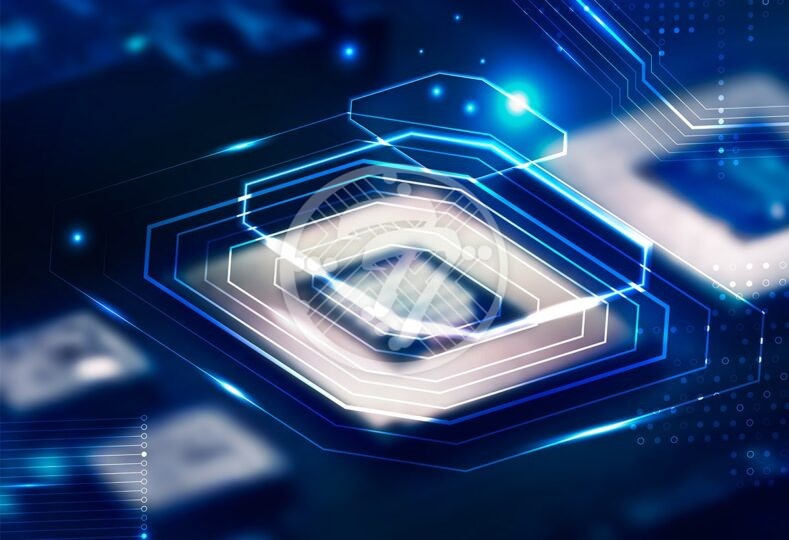Why Silkscreen Is An Important Method Of PCB Fabrication?

The term silkscreen has derived its name from the process of using a stencil on a PCB. Also referred to as legend, it refers to the text-based information that is printed on a circuit board. This includes information such as component references, company logos, component identifiers and more. It is commonly used on the component side to identify various components although sometimes it is used on the solder side as well. However using two silk screens tends to increase the cost. The standard colours are Black, white and yellow, although other colours can also be requested. Similarly silk screening can be done in a whole lot of fonts. However, the important thing to remember is the readability of the font.
Traditional silk-screening requires polyester screens stretched on aluminum frames. Besides this you need a laser photo plotter, a UV printer, spray developer and curing ovens.
Presently PCB silk screening can be done in either of three ways:
-
Manual screen-printing
– This can be done when line widths are greater than 7 mil and its registration tolerance is 5 mil. While this allows for easy set up and application, it requires large texts and line width size. Also in terms of accuracy it isn’t the most desirable option as the output depends on a number of factors such as viscosity and age of ink, room temperature, amount of humidity, pressure of stroke and more.
-
Liquid Photo Imaging or LPI
– This method is used when line widths are greater than 4mil. This is known to provide more accuracy than manual screening. However this has longer set up time and is known to use more ink.
-
Direct Legend Printing or DLP
– This method is highest in terms of accuracy but also comes at a higher cost and also does not work on silver surface boards. Also not all fabricators have DLP Printers.
A well-designed silk screen plays a very important role as it can reduce both the likelihood of error as well as the time taken to spot the error. This is true both for the assembly process as well as during the rework phases. In fact, it isn’t sometimes necessary for the process to identify all the passive components that make up the devices on the board. Instead, it is enough if the silkscreen mentions the circuit functionality. In fact, for a PCB packed with many small components this is a far more achievable objective than labeling each and every individual component. While active components can be labeled, the passive ones need not be. Choosing to identify the circuit functionality instead of all the passive components, in turn, ensures that the silkscreen legend is useful as well as legible.
In fact a detailed understanding about silk screens can also go a long way in reducing PCB Costs. For example, silk-screening on one side only can reduce artwork costs. Similarly, restricting yourself to standard colours during the silk screening process can impact the cost of PCB fabrication, while keeping its benefits intact.
Technotronix is one of the kingpins in offering PCB layout and manufacturing solution to all predominant industries. With a strong team of technical professionals, it has gained expertise in providing PCB silkscreen to reduce PCB artwork cost used in PCB Fabrication. Our key success factor to achieve new heights in technological innovations is continuous improvement and high quality standards. You can drop an email to [email protected] or give us a call at 714/630-9200 to solve your queries or to get a quick quote!






